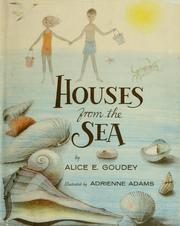My shells, let me show you them.

This is a very wordy prose poetry book about shells. I know that as a child, I used to go to the beach and enjoy collecting shells, but I did not know anywhere near this much about them. This little boy's first name should be "Exposition." They collect a bunch of shells. It talks about the different colors of them, and the different names for all the shells. There's a slightly racist picture of some Chinese people, and another slightly racist picture of a Native American.
One of the unrealistic things about this book is that every single shell that the children find, with the exception of of a hermit crab that's walking by, is empty. And undamaged. I know as a child I picked up quite a few shells that had creatures living in them, unknown to me, killing the animal in the process. They start to smell after a while.
These kids are collecting shells. The illustrations are pretty. They're kind of pastel, but they remind me of art that was done before the Renaissance. There's no concept of a vanishing point or perspective in the majority of the images. The characters are very flat, with not enough shading. Making them look almost like Egyptian tomb paintings. A strange stylistic choice.
"We found this kind of shell. Then we found this other kind of shell. Then we found this other kind of shell. This shell kind of looks like X." "Scallops look like ladies' fans." It's super boring and meandering. Shells are cool, but these kids are basically obsessed with them. One of the last pages says, "When friends come in/to play on rainy days/we show them all our shells./We tell their names,/just where we found them,/and all about the day/the waves ran up to meet us." These children must be the most boring people to hang out with! "You want to look at my shells again??" No, no I don't want to look at your dang shells! Don't they like, play? Like normal children? "Shells... shells... would you like to look at my shells?"
There's an author's note at the beginning, and at the end there's a bunch of text on how shells are made. This book can't make up its mind whether it wants to be poetic or complete nonfiction, and as a result it fails at doing either.